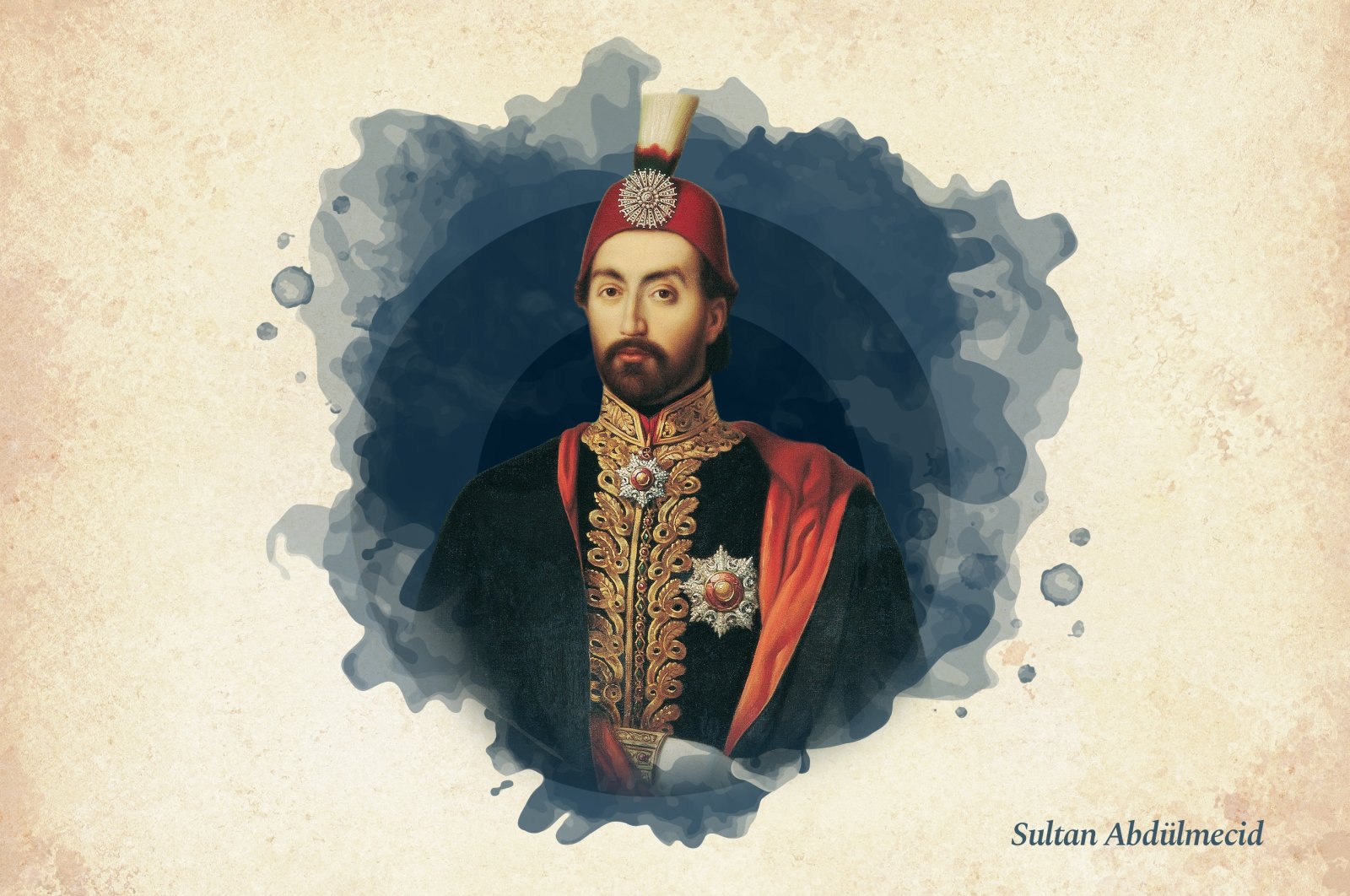
MIGHTY SOVEREIGNS of OTTOMAN THRONE: SULTAN ABDÜLMECID I
Sultan Abdülmecid was the first of Sultan Mahmud II's two sons to reach adulthood and ascend the throne one after another. His mother, Bezmialem Valide Sultan, was famous for her intelligence and philanthropy. In 1839, when his father, Sultan Mahmud II died and he ascended the throne at the age of 16 as the 31st Ottoman sultan and the 96th Islamic caliph, he found himself in the middle of a great disaster.
The Egyptian Governor Mehmed Ali Pasha, who rebelled because of French encouragement and the provocation of Ottoman dignitaries, was victorious. The treacherous Admiral Ahmed Pasha, who was angry with the Grand Vizier Hüsrev Pasha, took the navy and delivered it to Egypt. The young and inexperienced sultan managed to come to terms with England and ward off this disaster.
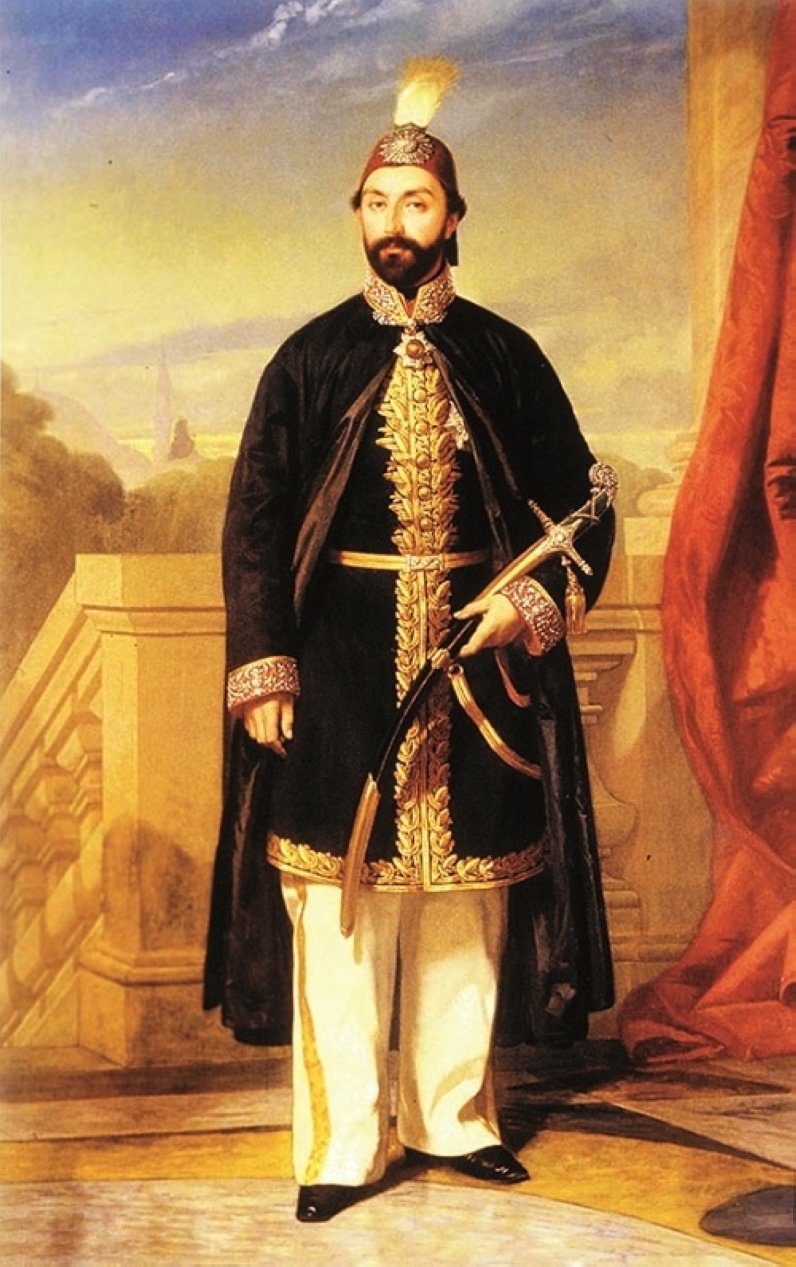
Flower in the tughra
It is the Gülhane Hatt-ı Hümayunu, known as the Tanzimat Fermanı (Imperial Edict of Reorganization) that made Sultan Abdülmecid famous. With this edict, which was prepared and read by the Minister of Foreign Affairs Reşid Pasha, who had just returned from the British embassy in 1839, the sultan renounced his political authority – the authority to punish criminals himself. Thus, the regime of the state changed and became a kind of constitutional monarchy, and gradually handed over the reins to bureaucrats. In 1856, Islahat Fermanı (the Reform Edict confirming and extending the Tanzimat Edict) was published.
He always pursued the policy of getting along with England, the most powerful state in the world at the time. His successors continued this policy. Reşid Pasha became grand vizier in 1846 upon the threatening advice of the British ambassador Lord Stratford Canning. Then the country fell into the hands of talented but ambitious bureaucrats. Sultan Abdülmecid would find Reşid Pasha incendiary but he would refrain himself from acting because England was behind him.
Although the Sublime Porte – a synecdoche for the central government of the Ottoman Empire – wanted to deal with some insignificant issues without presenting them to the sultan, on the pretext of preventing bureaucracy, the sultan refused, saying that he wanted to be informed about every issue. However, like today's European monarchs, he reigned without much intervention in the government.
The big six
In 1840, Sultan Abdülmecid put into operation assemblies composed of members elected by Muslims and non-Muslims, which were unmatched even in Europe, to deal with administrative, financial and judicial affairs in the provinces. Thus, he pioneered the establishment of democracy in Ottoman territories.
The Crimean War in 1854, is one of the most important events of his time. In this war, in which the viziers dragged the country along with their personal ambitions, England, France and Sardinia, who did not want Russia to get stronger, became allies of the Ottomans. Upon this victory, Sultan Abdülmecid was able to raise the reputation of the state and to ensure its inclusion among the great powers .In 1856, the Treaty of Paris was signed, ending the Crimean War. Accordingly, the Ottoman Empire was considered one of the European states community.
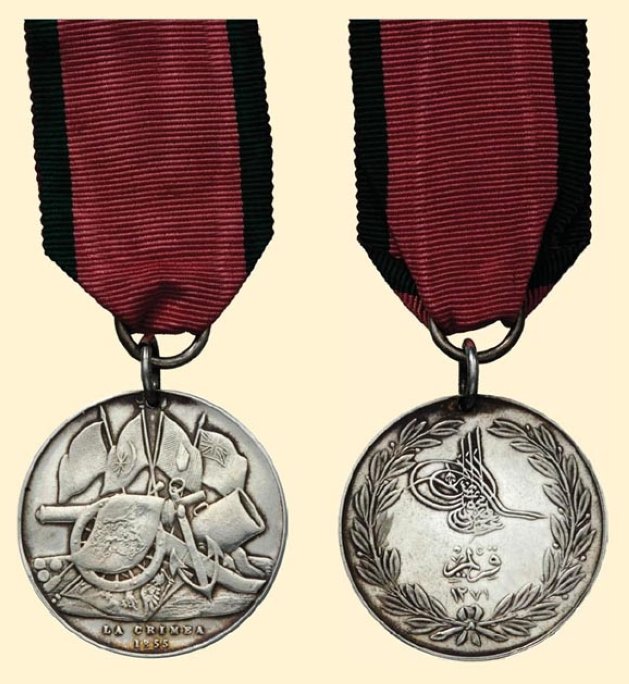
He kept the country at peace. Even the flower motif that he had placed next to his tughra – calligraphic monogram – symbolizes this. If bureaucrats had not competed with each other, it would have been possible to make utmost use of this period of peace and the path of innovation opened by such a sultan.
A master calligrapher
Sultan Mahmud paid great attention to the education of his sons. Sultan Abdülmecid knew Arabic, Persian and French. He was a master calligrapher. He received his ratification after he ascended the throne.
He aimed to adopt aspects of Western civilization without drifting into snobbery. He struggled with conceited snobs who were fans of Europe on the one hand, and bigots who wanted to return to the deserts of Asia on the other. Like his father, he could not gain any side's favor on this path.
Sultan Abdülmecid opposed the wave of wasteful spending that surrounded Istanbul on the occasion of rich Egyptians. He did not hesitate to scold his daughters and sons-in-law and cut their allowances in this manner. Although he tried very hard to dissuade high bureaucrats and his family from wasteful spending, he could not succeed.
The sultan refused the government's demand for a servant from the palace to be paid from the treasury, saying "What right does a man in my private service have to a salary from the state treasury?" and he paid the servant's salary from his own pocket.
A wasted victory
While everything was going well after the Crimean War, the country's fortunes turned. Despite poverty, everyone's desire to continue the life they were used to destroyed the state and families.
While Ali Pasha was the grand vizier and Fuad Efendi was the foreign minister, a foreign borrowing agreement was signed with France. The sultan said, "I will leave the country to the next rulers in the same condition as I took it. If the loan agreement is not broken, I will resign," he said. The deal was then broken. However, due to the Crimean War, the first foreign debt had to be taken.
His son, Sultan Abdülhamid, liquidated these debts that had been gradually growing and putting the country in a very difficult situation. A positive result could not be obtained from the victory in the Crimean War. It even led to the strengthening of England in Eastern politics and the invasion of India a few years later.
Unpleasant events between ethnic groups in Lebanon led to European intervention and resulted in the granting of autonomy to the province in 1861.
I'm still alive!
Sultan Abdülmecid was supremely merciful. In the Kuleli Incident, which was plotted in 1859 to kill him, he showed greatness by forgiving as he forgave the perpetrators of the coup, saying, "I'm still alive!"
He ordered the establishment of a kitchen that cooked according to the kosher rules of their religion for Jewish children studying at the Mekteb-i Tıbbiye-i Şahane (Imperial Military School of Medicine), and ordered the Sabbath – Saturday – which is their holy day, to be a holiday.
Even today, the sultan's democracy is enough to set an example for many people. At that time, there was no other ruler in Europe with these characteristics. Partly because of this compassion, he could not prevent the fierce competition between bureaucrats.
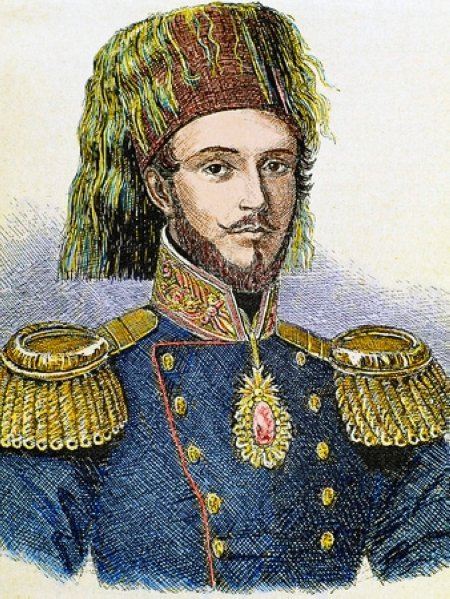
His sensitive nature, kindness and compassion were exploited by his relatives and family. This was one of the most important reasons for his death from grief at a young age. He even almost considered death a salvation as he did not care about his treatment in his last days.
Sultan Abdülmecid died on June 24, 1861 at the age of 38. He had suffered from acute tuberculosis since his youth. He wanted to be buried next to Sultan Selim, whom he loved and respected most among his ancestors, and he wanted his tomb to be smaller than his.
Four of his eight sons – Sultan Murad V, Sultan Abdülhamid II, Sultan Mehmed V and Sultan Mehmed VI – became sultans, which is very rare in history. Not only did he take care of the education and upbringing of his children, he also allowed his brother Aziz Efendi to live comfortably and freely, which was not seen in the palace until that time. Although he had many children, many of them died in childhood.
Pearl of the Bosporus
Sultan Abdülmecid left the Topkapı Palace and lived in the wooden Çırağan Palace, then in the Dolmabahçe Palace, which he had built himself. Topkapı Palace, then was not a palace suitable for 19th century life and royal responsibilities. It had become obsolete and useless with the additions made at different times. Moreover, it was damp. Sultan Abdülmecid, whose father died of tuberculosis and who also had tuberculosis, said, "If we continue to live in this palace, we will become extinct."
Dolmabahçe Palace is one of the most elegant works of art of the last century. Thus, the country gained a work of art. Money went into the pockets of the nation to build it. Building a palace is not a waste, it is a necessity. It is more modest than European palaces. Its cost was covered by the emission difference of 5 million liras – the emission difference between the nominal value of the metal currency and the printing cost is the treasury income.
His reign saw many firsts. Sultan Abdülmecid, who was aware of the dizzying progress of science in that time period, wanted the new inventions to be applied in his country first. The world's first telegraph line was established between Istanbul and Varna, and the sultan sent the first telegram and asked for the sake of the soldiers there.
The empire's first railway was laid between Aydın and Izmir. The first paper money was issued. New courts and modern schools that rivaled those in Europe were established to train civil servants that the state was in need of. A military academy, Darülfünun –Istanbul University – Darülmuallimin or teaching school, agriculture, forestry, telegraph and midwife schools were among the schools founded. The modern high school named Valide Mektebi was founded by the mother of the sultan in Cağaloğlu. The monetary system was reorganized as well.
The first private newspaper, the first census, the first bank, the first official annal of the Ottoman Empire, the ferry company named Şirket-i Hayriye, the Encümen-i Daniş or the academy of sciences, Mecidiye or Galata Bridge, Mecidiyeköy district, municipality organization, prohibition of the slave trade, commercial and penal laws are some of the great achievements of this era. He had a tube crossing project for the Bosporus much like today's Marmaray undersea tunnel. With the Land Code, the land order was established to a large extent.
In addition to his country tours, the sultan would visit the parliament, barracks, schools and lodges, and attend exams and opening ceremonies. He was the first sultan to take a photograph. He had a great knowledge of music. Famous composers such as Gaetano Donizetti, Franz Liszt and Gioachino Rossini came to Istanbul and composed marches for him. He was also the patron of Ottoman composers such as Dellalzade, Dede Efendi and Hacı Arif Bey.
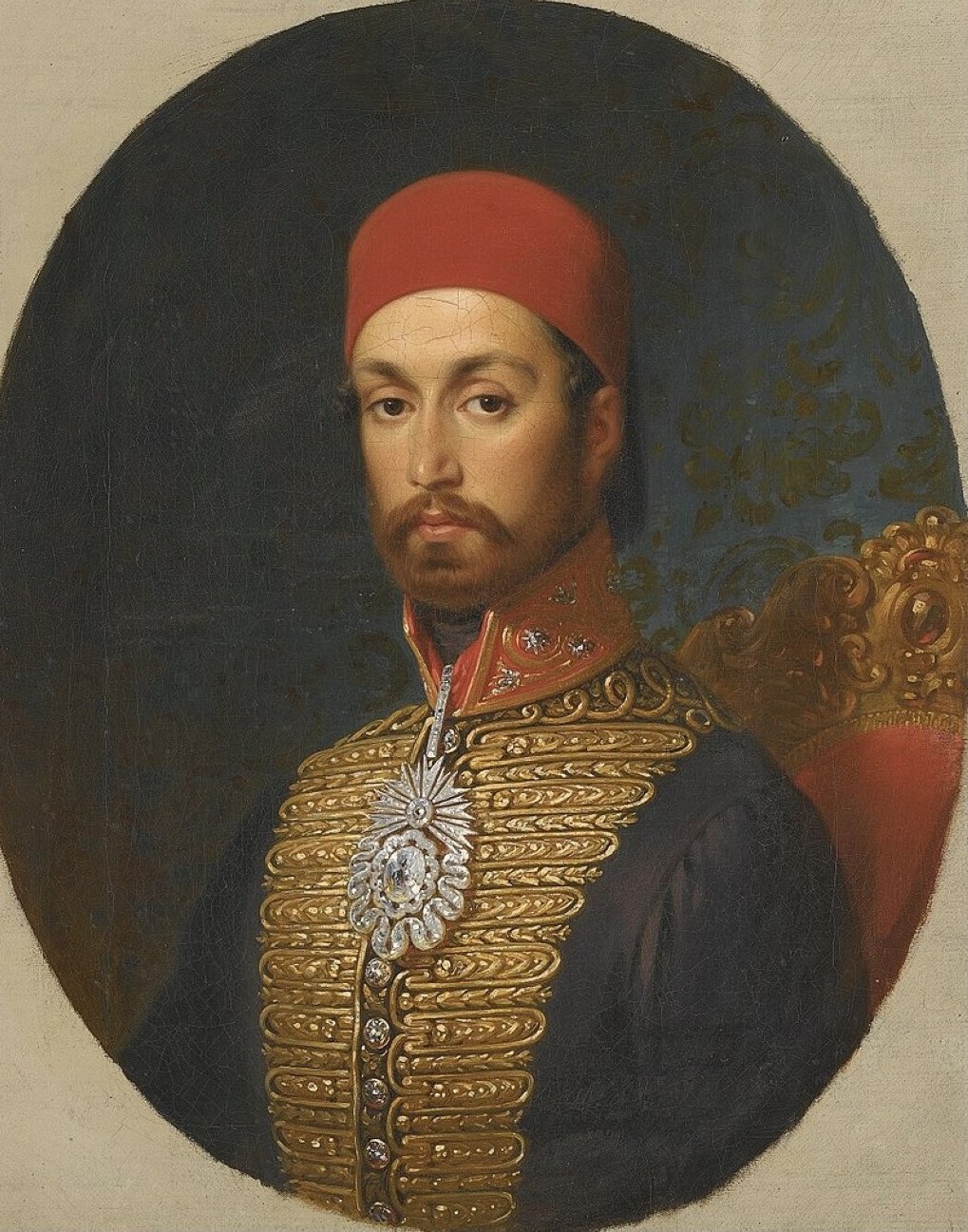
We do not extradite those who take shelter with us!
In 1848, the Hungarians revolted against Austria and the Poles against Russia with the aim of independence. The revolts were brutally suppressed. The nationalists crossed the border and took refuge in the Ottoman lands. Sultan Abdülmecid gave them asylum and did not extradite them despite insistence from foreign powers.
This action aroused great admiration in the world's public opinion and raised the country's reputation. Even in London, young people untied the horses of the Ottoman ambassador's carriage and pulled it personally. Although it was not customary until then, he would contribute to diplomatic relations by making a return visit to foreign embassies for the first time.
The first sultan to accept a foreign order (insignia) was Sultan Abdülmecid as he accepted the Legion d'Honneur of France and the Order of the Garter of England.
He gave money and food aid to Ireland, which was in the grip of a terrible famine. The amount of this aid was higher than that which Queen Victoria of England sent to her own people, so not all of it was accepted.
Holy Lands
Among the Islamic rulers, Sultan Abdülmecid was the one who served Haremeyn, the Holy Lands, the most. He had the Kaaba and Masjid al-Haram thoroughly repaired. He renovated the Mizab al-Rahma, the golden water-spout on the roof of the Kaaba.
Sultan Abdülmecid had the Masjid an-Nabawi in Medina rebuilt in its original building, keeping even the columns intact. His name lives on with the gate called Bab-ı Mecidi, which he had newly opened in this mosque, and his monogram embedded on the network. He modestly wrote his own name under the glazed tiles he sent to Hücre-i Saadet.
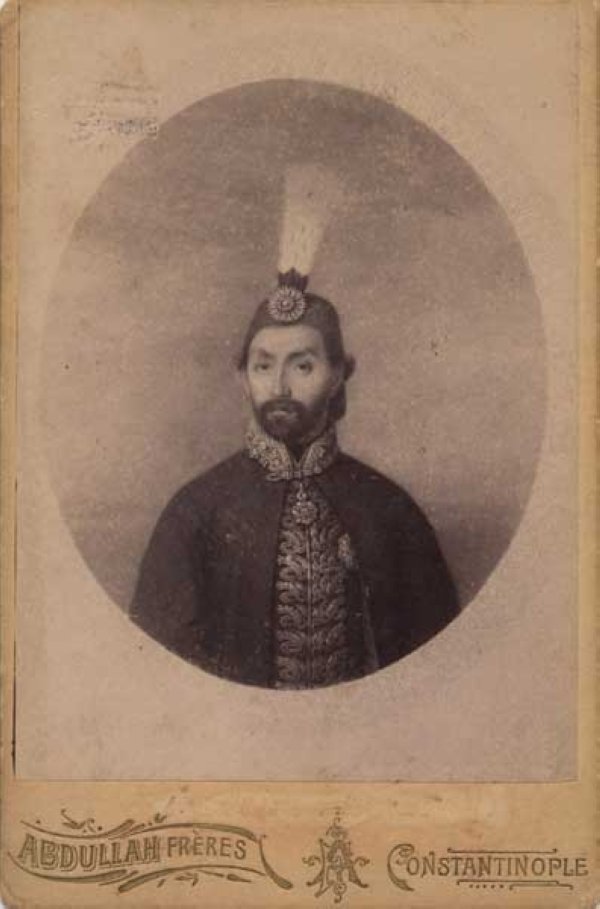
The sultan had a model of the old version of Masjid an-Nabawi, 53 times smaller, placed in the Hırka-i Şerif Mosque in Istanbul. He followed up the repair with reports he received over it. The repair of Haremeyn cost 700,000 gold pieces under the difficult conditions of that day. He also had the Masjid al-Aqsa repaired for 20,000 liras.
Sit me up!
Sultan Abdülmecid was religious. Apart from Ortaköy or the Great Mecidiye Mosque, one of the most elegant mosques in Istanbul, he had Küçük Mecidiye Mosque built between Beşiktaş and Ortaköy, Teşvikiye Mosque built between Maçka and Nişantaşı and Hırka-ı Şerif Mosque built in Fatih. He saved Hagia Sophia from demolition by having it repaired.
Together with his mother, he belonged to Mehmed Nuri Efendi, the Naqshbandi Sheikh of Yahya Efendi Lodge. He had been very financially helpful to this lodge; He sent his master on pilgrimage. When he was on his deathbed, he wanted his master to be called. Nuri Efendi first recited the Qur'an at the bedside of the sultan and then began to recite salawat. After a while, the sultan also joined him, and he died saying tawhid and asking forgiveness.
While he was lying in his sick bed the day before his death, while important wills were being read to him. When it was the turn of the people of Medina, he said, "Stop, don't read! Sit me up!" he commanded. They put a pillow behind him and he was propped up. Eyüp Sabri Pasha, who served in the Hejaz and wrote the history of the Hejaz, reports what he said: "They are the neighbors of our Master Rasulullah (Prophet Muhammad). I would hate to listen to the petitions of those blessed people by lying down. Whatever they want, do it now! But read it, may my ears be blessed!"
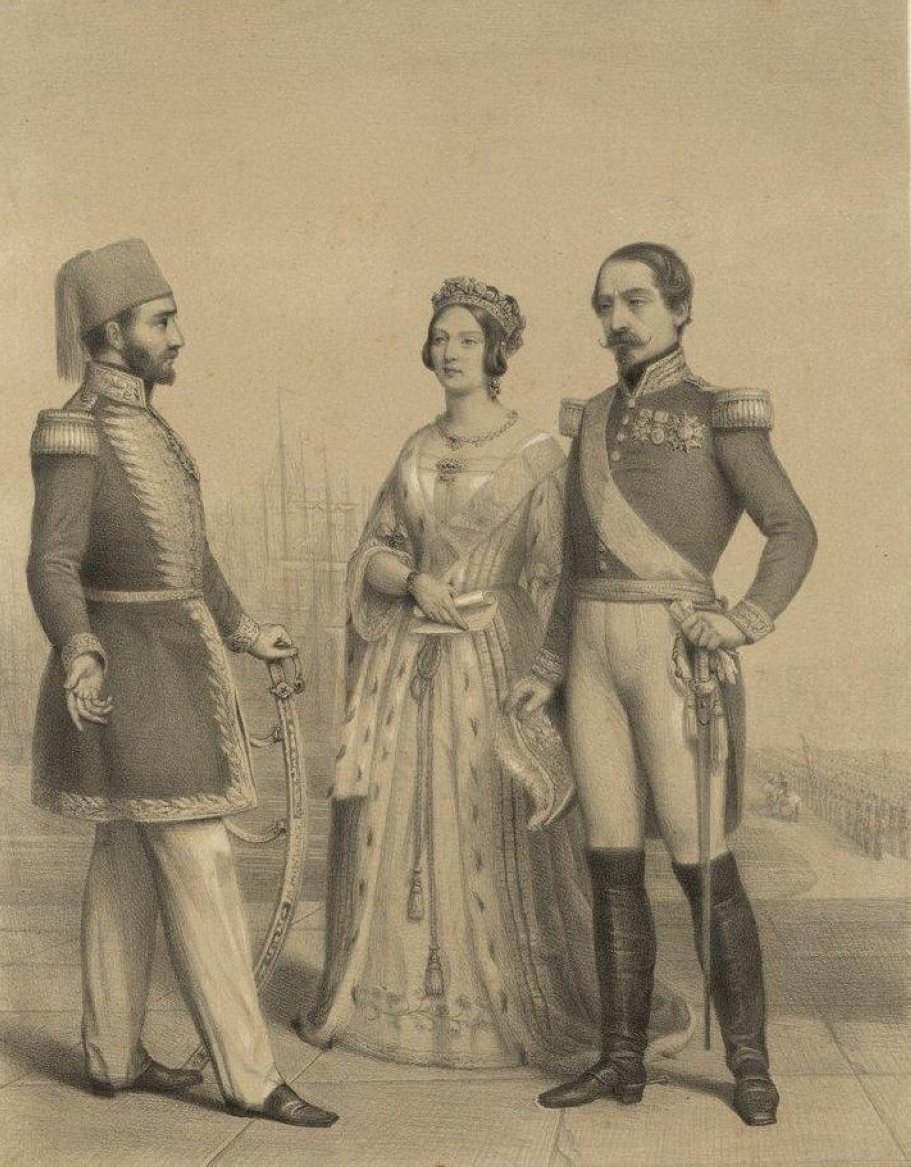
You misrepresented me!
In the rebellion of the zealots, who were secretly incited to discredit the government, the sultan wanted to calm the revolt by going to the Fatih Mosque. When the viziers objected by saying "Your highness, please do not go. Hodjas have bad intentions." He replied "No, they are not bad men. You misrepresented me to them." He went to the mosque and, with the courage he inherited from his ancestors, he was able to calm the rebellion. He even turned down a cavalry squadron that was given to him for protection, saying, "If the general public is against us, a squad of cavalry cannot protect me."
He was a decent person who was handsome, dressed well, and liked to live well. For this reason, modernists and naive devotees worked together to discredit the sultan in the eyes of the public. Like his father, he made many enemies even though he didn't want to. He was accused of European adoration, debauchery and extravagance. Even the life of the harem, which had religious and legal rights, was shown as a crime. Perhaps his not so strong will, unlike that of his father, and his compassion and kindness were his only weaknesses.
Önceki Yazılar
-
THE ASIA MINOR CATASTROPHE OF GREEKS17.04.2024
-
HOW DID WOMEN VEIL, AND THEN HOW WERE THEY UNVEILED…10.04.2024
-
HOW CAN HISTORY BE BELIEVED?3.04.2024
-
THE OFFICIAL MADHHAB OF THE OTTOMAN EMPIRE27.03.2024
-
WHO ORDERED THE PLUNDER OF ISTANBUL?20.03.2024
-
THE PLAYS BANNED BY SULTAN ABDULHAMID IN EUROPE13.03.2024
-
WHAT WAS THE MISTAKE OF THE UMAYYADS?6.03.2024
-
UNRAVELING THE UMAYYAD PERIOD: TRIUMPHS, TRAGEDIES, AND TRUTHS28.02.2024
-
OTTOMAN PENAL CODE AND HOMOSEXUALITY21.02.2024
-
WHAT IS LAICISM? WHAT IS IT NOT?14.02.2024